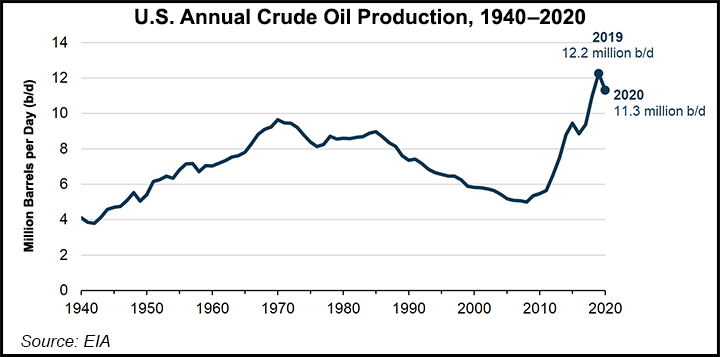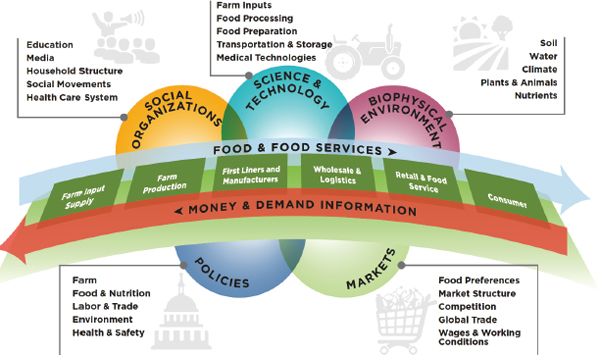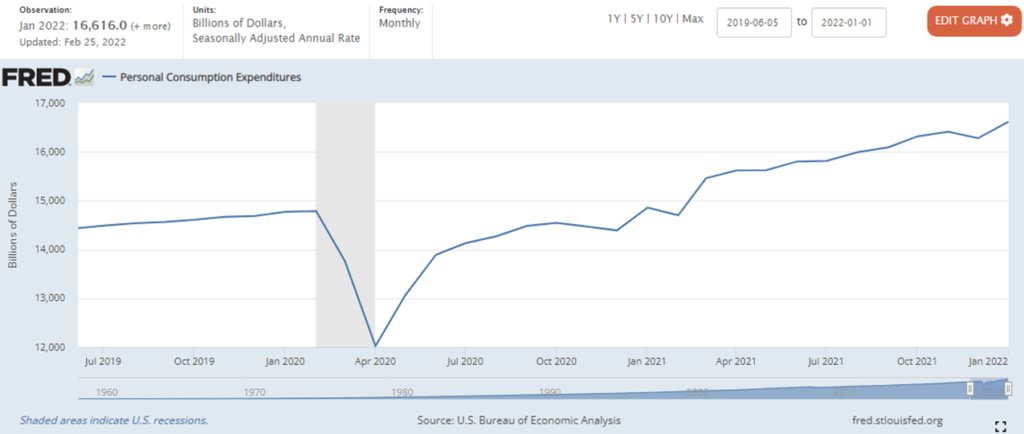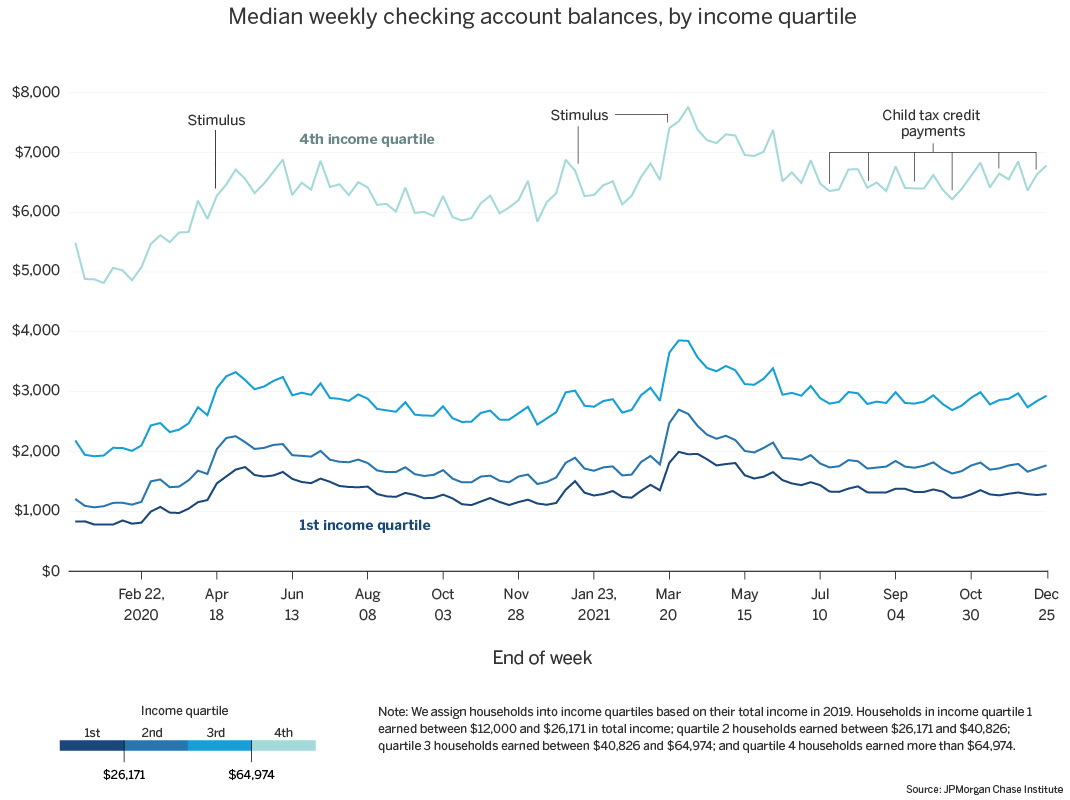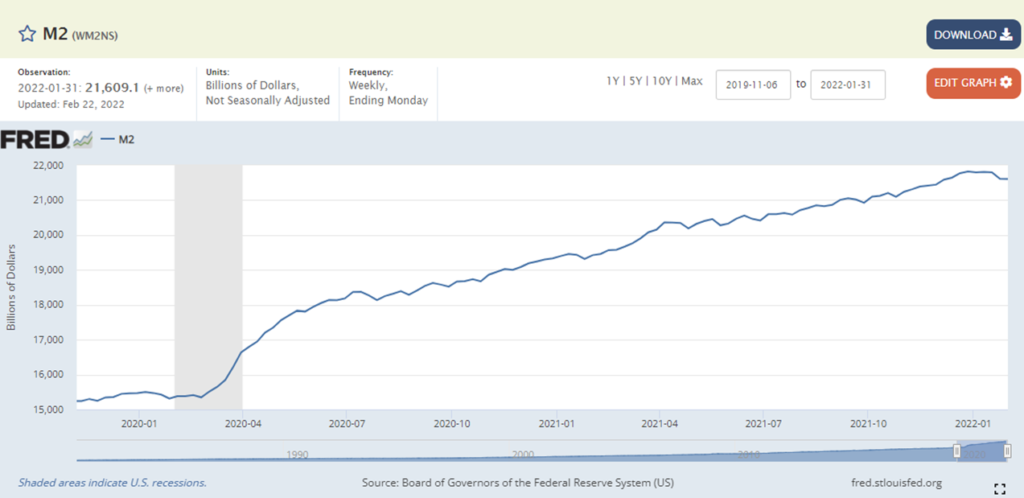A few readers are surprised by my silence so far on the supply chain implications of Russia’s invasion of Ukraine.
Perhaps my most constructive comment: Risk is tough to measure. Uncertainty cannot be measured. I remain profoundly uncertain regarding the scope and scale — space and time — implications of the current crisis. While I have sometimes been criticized for “getting ahead” of data, even I prefer to be confident of my subject before offering a predicate.
On February 24, I responded as follows to some specific questions:
Even before today, the Ukraine-Russia crisis was contributing to higher petrochemical and raw grain prices. There is also typically a price-multiplier between global energy costs and food costs… So, that will continue and, probably, accelerate with impacts on US fuel and food prices (but probably NOT much impact on actual US fuel and food supplies). Russia is a principal source of several strategic materials (e.g. nickel, palladium, and aluminum). But it is too early (at least for me) to confidently project primary, much less tertiary supply chain consequences. In terms of moving toward action, I will confess that I think this is, so far, a “reduced resilience” story for the United States. There are much more extensive supply chain implications for Germany, Poland, the Baltic States, and Finland (I hear mixed signals on the other Nordics.) I can imagine potential implications for China flows (inbound and outbound) and that could have more direct US impacts. But barring something similar to this morning being repeated across the Taiwan Strait, I think these China-related influences will be fairly gradual. Happy to try to answer questions. But we are dealing with plenty of known unknowns and even more deeply hidden unknowns.
I could lengthen these early — obvious — comments. The big picture now has many more details, but the meaning and momentum for US supply and demand networks remains very ambiguous (at least to me). For what it is worth, to better discern meaning and momentum, I am trying to be especially attentive to how rapid price escalations may impact near-term US demand behavior. Well before the invasion, US flows have been complicated by what I have called excess demand. As Russia’s and Ukraine’s supply streams are stopped or diverted (especially for rare metals, fossil fuels, and agricultural goods), global prices will increase for remaining related flows. Will these price increases moderate — suppress — US demand?
